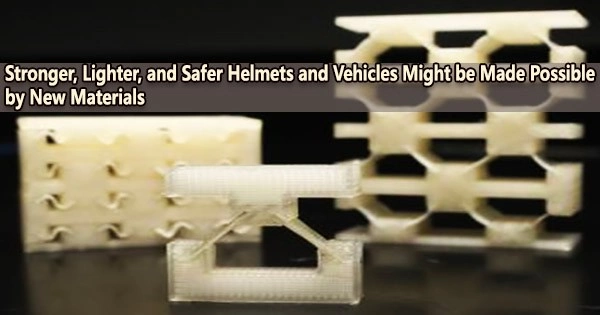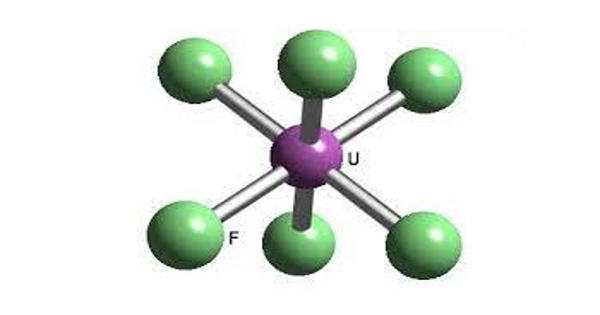Researchers at Johns Hopkins University have developed a shock-absorbing material that offers the same level of protection as metal while being lighter, stronger, and reusable. The novel foam-like substance may revolutionize the design of helmets, body armor, and parts for the automotive and aerospace industries.
“We are excited about our findings on the extreme energy absorption capability of the new material,” said senior author Sung Hoon Kang, an assistant professor of mechanical engineering. “The material offers more protection from a wide range of impacts, but being lighter could reduce fuel consumption and the environmental impact of vehicles while being more comfortable for protective gear wearers.”
Kang, who is also a fellow at the Hopkins Extreme Materials Institute, wanted to create a material even more energy-absorbing than current car bumpers and helmet padding. He observed that the common materials utilized for these essential safety devices are typically not recyclable and work poorly at greater speeds.
High energy-absorbing liquid crystal elastomers (LCEs), which are mostly used in actuators and robotics, allowed the study team to increase strength while decreasing weight.
We are excited about our findings on the extreme energy absorption capability of the new material. The material offers more protection from a wide range of impacts, but being lighter could reduce fuel consumption and the environmental impact of vehicles while being more comfortable for protective gear wearers.
Sung Hoon Kang
In studies testing the material’s impact resistance, it withstood blows from things weighing between four and fifteen pounds, coming at speeds of up to around 22 miles per hour. Due to the limitations of the testing equipment, the tests were only conducted at 22 mph, but the research team is sure that the cushioning could safely withstand much higher hits.
In order to design, manufacture, and test next-generation helmets for athletes and the military, Kang and his team are looking at collaborating with a helmet manufacturer.
The results appeared in the journal Advanced Materials.
The Johns Hopkins research team also included: Lichen Fang, a former graduate student; Thao (Vicky) Nguyen, a professor of mechanical engineering; Beijun Shen, a graduate student; Seung-Yeol Jeon, a former postdoctoral researcher at the Hopkins Extreme Materials Institute; and Zeyu Zhu, a former graduate student; and Nicholas A. Traugutt, and Christopher M. Yakacki, both of the University of Colorado Denver.
This research is supported in part by the Army Research Office (Grant Number W911NF-17-1-0165) and the Johns Hopkins University Whiting School of Engineering Start-Up Fund.
















